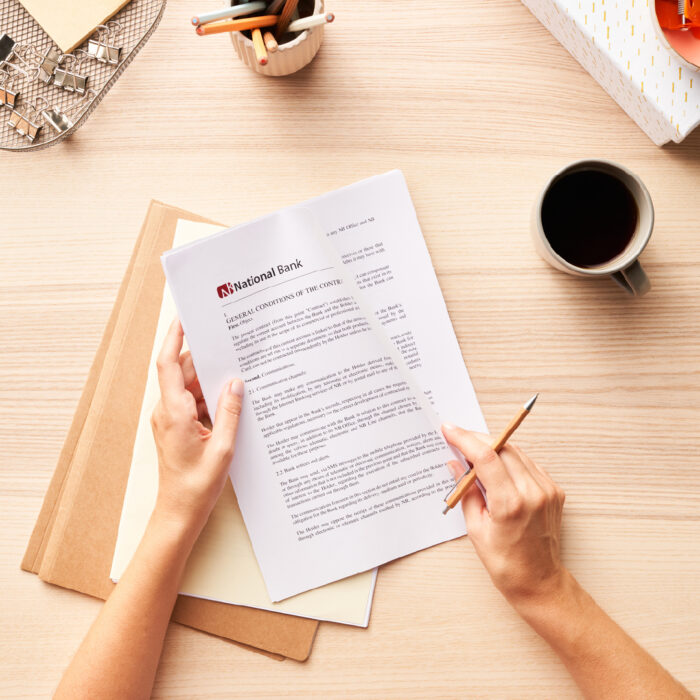If you live in the US, chances are you were familiar with sales tax even before you started your business. As a consumer, you likely noticed that you paid a small percentage of each purchase you made as sales tax. You may have even noticed that sales tax rates went up or down depending on where you made a purchase. And, if you’re really savvy, you may have even noticed that some product types are taxed differently than others.
Now, as someone who runs a business and is required to collect sales tax, it’s important that you get a handle on just exactly how much sales tax to charge on each and every item in your product mix.
Why does sales tax vary from product to product?
Quick refresher: in the US, sales tax is governed at the state level. Each state with a state-wide sales tax (currently 46 + Washington DC) sets its own sales tax rules and laws. And each of those states decides how products are taxed based on that state’s unique laws and needs. Further, each state has a statewide sales tax rate, but also allows local areas (cities, counties, etc.) to levy their own sales tax.
Keep in mind, tax law is often political or based on the economic needs of a state. For example, most states consider grocery items non-taxable to provide lower income residents a tax break on necessities like food. But that type of tax break is widespread. Other states make sales tax laws based on circumstances a bit more specific to their state. For example, Maine charges an extra sales tax on Maine blueberries and Quahog Clams in order to capitalize on tourists visiting the state just to sample those local delicacies.
Product taxability can also vary within states. For example, in New York state, clothing and footwear sold for under $110 are considered non-taxable at the state level. Yet, sales tax rates are made up of state and local (i.e. county, city, special taxing district) rates. While New York considers clothing non-taxable at the state level, local areas within the state, such as counties or cities, may still consider clothing taxable.
What does varied product taxability mean for e-commerce businesses?
If you own a brick and mortar retail business, you’re in luck. You only need to figure out the taxability of the products you sell at your store’s location. So, if a customer walks into your grocery store in Alabama, you’d be required to charge them sales tax on grocery items because Alabama requires sales tax on grocery items. But if a customer walks into your store in neighboring Georgia, you wouldn’t be required to charge them sales tax on grocery items, since grocery items are not taxable in the state of Georgia. (Unless your local area taxes groceries. But we’re getting into that complicated territory again!)
Sales tax gets a whole lot trickier if you sell products online. Why?
Try TaxJar for free
TaxJar offers one platform to manage every aspect of sales tax compliance from calculations to reporting to filing. Try our sales tax compliance platform for 30 days, completely free with no obligation.
Get startedSales tax is charged at the buyer’s sales tax rate
If you sell online, whether you work from a headquarters in a huge skyscraper or at your kitchen table, then you are generally required to collect sales tax at your buyer’s local sales tax rate.
Say you have a store in Cheyenne, Wyoming. When a customer walks into your store, you’d charge them the state + local sales tax rate of the place where both of you are standing and where you are making the sale. (In Cheyenne, that rate is 6%.) This is because the customer takes possession of the item right there at your store and sales tax is generally always charged at the rate where the customer takes possession of the item.
But when you sell online, the customer takes possession of the item at their ship-to location. This could be their home, their office or a local package pickup point, like an Amazon locker. So if you ship an item to a buyer’s house in Cora, Wyoming you’d only be required to collect the state + local sales tax rate of 4% (because Sublette County, where Cora is located, does not have any local sales tax.) If you don’t take this into account, and charge your customer in Cora the Cheynenne sales tax rate, they may notice and get a little testy. And if, in another situation, you charge too little sales tax, you’ll be required to make up the difference out of your own pocket.
(Caveat: Some states want online sellers to charge sales tax a little differently if you are making a sale to a buyer in your same state. Read more about origin vs. destination based sales tax here.)
So already, just in your own home state, you are required to know and charge the right sales tax rate to every customer within your state. This is getting complicated already. But there’s more.
Your business may have nexus in multiple states
In the US, retailers are required to collect sales tax from buyers in states where they have sales tax nexus. Nexus is a fancy way of saying a “tie” to the state, and lots of business factors create nexus. That includes having a location, employee or contractor in a state, doing business in a state such as at a tradeshow or craft fair, or even making over a certain threshold of sales in a state.
(Not sure where your business has nexus? Check out TaxJar’s Economic Nexus Insights dashboard to find your nexus states.)
And once you determine that you have nexus in a state, you’re required to register for a sales tax permit and collect sales tax from all buyers in that state.
But this also makes your business’s sales tax compliance more complicated. For one, now you need to determine if the products you sell are taxable in any or all of your nexus states. Are they taxed differently, like clothes in New York? Do your new nexus states have local sales tax that means that each city, county and other special taxing district can tack an extra few percentage points of sales tax onto the rate?
For example, say you sell shoes of all kinds and have sales tax nexus in Pennsylvania, New York and Florida. If you sell shoes to a buyer in Pennsylvania, you likely don’t need to charge sales tax since most shoes (with exceptions for sports shoes and safety equipment) are tax exempt in Pennsylvania.
If you sell that same pair of shoes for $100 in New York, you’re not required to collect New York’s 4% state level sales tax since clothing and shoes selling for less than $110 are not taxable in the state. But you may still be on the hook to collect local city and county sales tax rates in New York.
Then say you sell that same pair of shoes to a buyer in Florida. In Florida, shoes are fully taxable so you’d be required to charge the state + any local sales tax rates on that item.
You’d more than likely be required to collect a different percentage of sales tax on each of these sales. Now multiply that by hundreds or thousands of sales in your e-commerce store and you have a lot of sales tax rates to calculate.
Sales tax holidays
If all this weren’t confusing enough, many states also hold periodic sales tax holidays. Often around a theme, such as Back to School or Emergency Preparedness, these holidays mean that certain items are tax free in a state for a limited period of time. Though some states allow retailers to “opt out,” in most cases retailers are required by law to participate and therefore observe the tax free holiday.
More and more services are being taxed
Back in the old days, states generally stated that “tangible personal property” like a toothbrush or camera was subject to sales tax, while services, like accounting or window washing, were not.
But as the world and the economy continues to change, some states are getting wise to how some items we used to buy and sell as “products” have now become “services.”
Take software for example. Not too long ago, if you wanted computer software, you’d go to the store and buy a disc loaded with the software. This was a piece of tangible personal property. But these days, software is sold as a digital download with no tangible disc or flash drive in the mix. Where’s the tangible personal property?
Many states have gotten with the program and have made specific laws to tax some services that now take the place of tangible personal property. Other states simply see that their treasuries need more revenue and have started taxing some services, even the ones like landscaping or museum admission that were traditionally non-taxable.
Whether your business sells products or services, you’ll want to determine whether your offerings are taxable and be sure to collect the right amount of sales tax on those transactions no matter where your customer is located.



